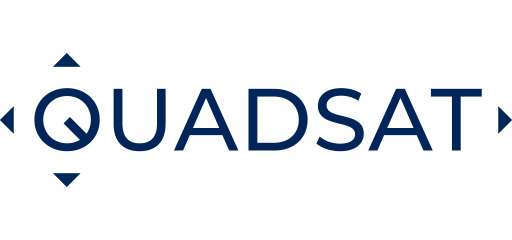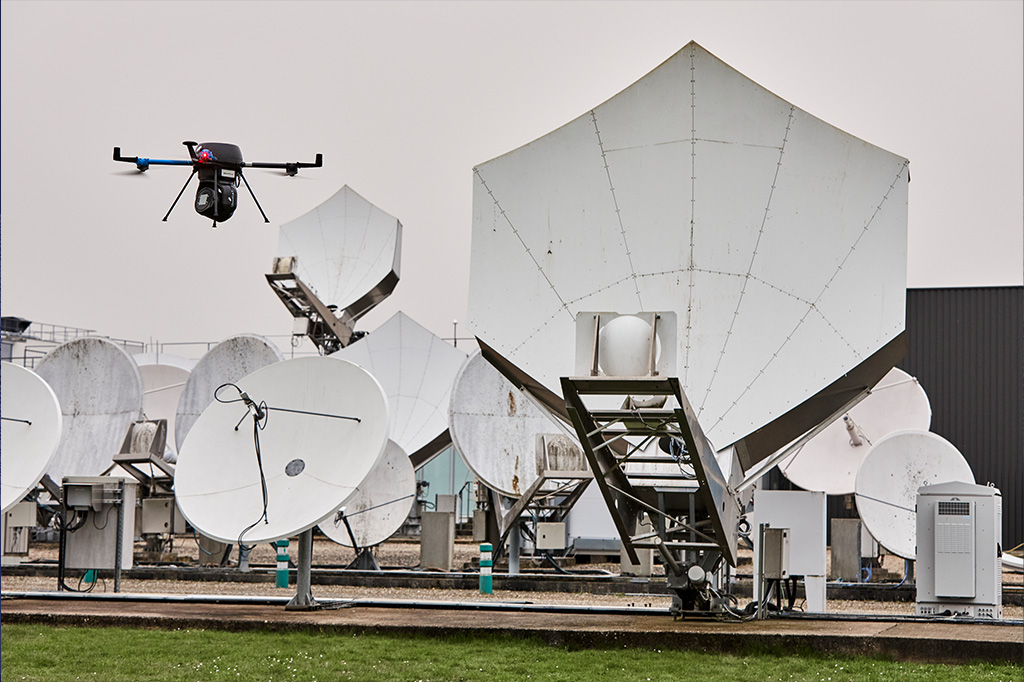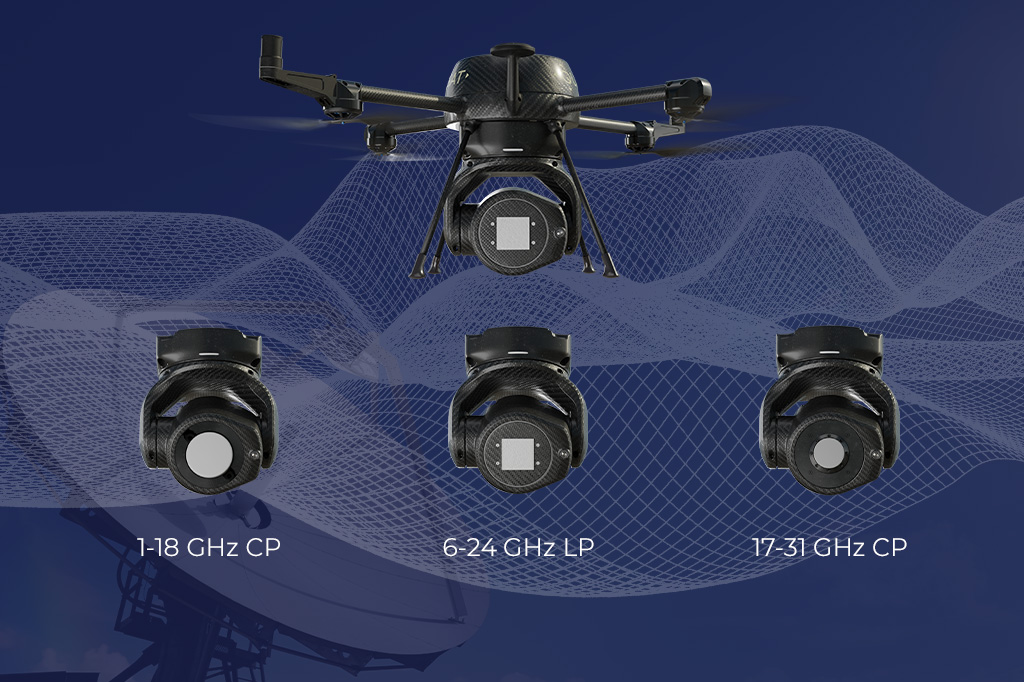Quadsat’s revolutionary method for testing ground segment antennas is changing the game for testing. With the Quadsat mobile test technology, the insight into the efficiency of your ground segment will change forever. However, with so many alternative methods out there and with many operators, antenna manufacturers, teleport operators, and service providers having an existing process in place, why should you change what you do? After all, many existing methods can be sufficient for finding and solving errors and keeping networks running so perhaps we don’t need to strive for perfection, only make do with sufficient testing.
Here are a few questions we think you should ask yourself to determine whether it is time to shake up your approach to testing:
Can you be sure your equipment is working as it should be at all times?
Before Quadsat, there were a few ways to test an installed Earth Terminal. Despite this, there was no way to absolutely know you were getting the most performance from your terminal. The most common traditional testing method involves using a test chamber. These work well for testing antennas prior to operation and ensuring they meet a certain level of performance. However, not only is it prohibitively expensive and time-consuming, this method doesn’t account for any changes over time post deployment, nor any environmental aspects on site. So, if your equipment is not performing optimally, you may not know until it causes noticeable degradation.
There are of course other in-situ methods, such as using a fixed RF beacon, a live satellite, or celestial bodies. All of these methods have challenges in terms of accuracy. Using a satellite, it is challenging to achieve the correct polarization settings, which makes it hard to achieve correct radiation diagram. You also need to be sure that the satellite transponder is free of interference. Celestial bodies can achieve good test results in the right circumstances, however the number of usable sources is extremely limited. Fixed RF beacons deliver very limited testing possibilities because of their fixed nature. As they cannot be moved, you are limited to whatever movements the antenna under test (AUT) is able to perform in the range surrounding the beacon. This means that you cannot have a full view of performance until the antenna is live and at that point, any problems can of course cause real errors for customers.
Can you respond quick enough?
With competition at an all-time high, the satcoms industry is under increasing pressure to deliver seamless connectivity at all times. The power lies with the customers who have more choice than ever how to get connected. This means that if errors are not resolved quickly enough, customers will simply go elsewhere. While satellite and teleport operators will of course do their best to ensure they are using high performance equipment and have well setup networks, errors can, and do occur. Being able to respond quickly when they happen is crucial for keeping customers happy and ensuring continued business.
Are you maximizing monetization opportunities?
The satcoms industry can be an expensive business, which has a huge impact on potential revenue and monetization. There are many time, labour- and cost-intensive processes still in place that reduce efficiency and are making it even harder to remain competitive in a much more complex environment. At the same time, spectrum is limited and when the access to it is degraded, that causes significant loss of revenue.
The industry is beginning to look at ways to become more efficient, such as with the transition to cloud-based networks. However, surely, we should be adopting anything that ultimately improves efficiency and saves time and money, enabling companies to concentrate their efforts on monetizing services and maximizing revenue.
Is Sufficient Good Enough?
Sufficient testing methods might be good enough for some but if you are not maximizing the performance of your network efficiently, it is certain you are either going to experience unnecessary downtime or be tied to laborious and costly techniques for ensuring consistent performance. Whichever way you look at it, that is ultimately going to impact your bottom line.
With the Quadsat system, there is a measurable improvement in performance. This helps to reduce operating costs with reduced power equivalent bandwidth expense and avoiding potential interference fines. It also helps maximize revenue opportunities thanks to reduced Bit Error Rate results and higher throughput, as well as higher network availability.
Until now, the industry has had to rely on the faith that antennas deployed were as efficient throughout their lifetime as when shipped out of the factory. At Quadsat, we make testing accessible and efficient, arming you with the knowledge to ensure great performance at all times, keep customers happy, and maximize your revenue opportunities. Contact us to see how we can help.



